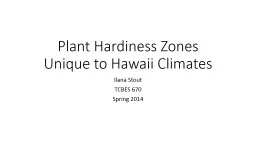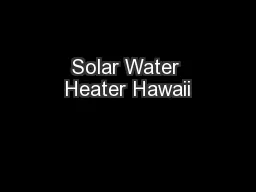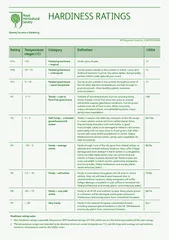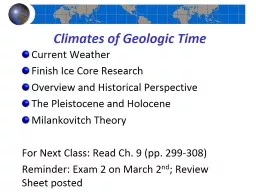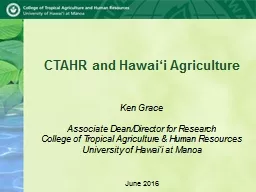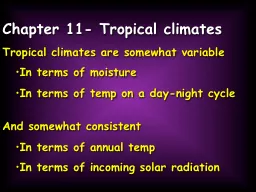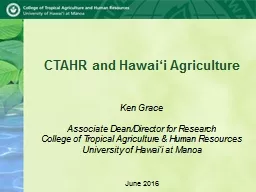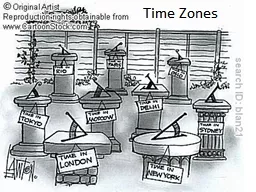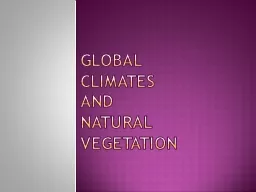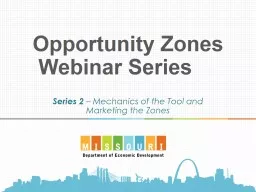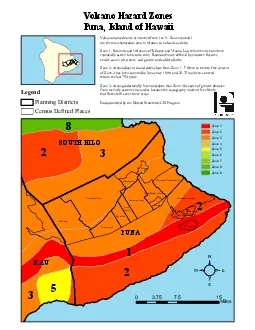PPT-Plant Hardiness Zones Unique to Hawaii Climates
Author : giovanna-bartolotta | Published Date : 2016-05-02
Ilana Stout TCBES 670 Spring 2014 The Problem Farmers and gardeners in Hawaii need to share information about which crop varieties perform well in specific climate
Presentation Embed Code
Download Presentation
Download Presentation The PPT/PDF document "Plant Hardiness Zones Unique to Hawaii C..." is the property of its rightful owner. Permission is granted to download and print the materials on this website for personal, non-commercial use only, and to display it on your personal computer provided you do not modify the materials and that you retain all copyright notices contained in the materials. By downloading content from our website, you accept the terms of this agreement.
Plant Hardiness Zones Unique to Hawaii Climates: Transcript
Download Rules Of Document
"Plant Hardiness Zones Unique to Hawaii Climates"The content belongs to its owner. You may download and print it for personal use, without modification, and keep all copyright notices. By downloading, you agree to these terms.
Related Documents

